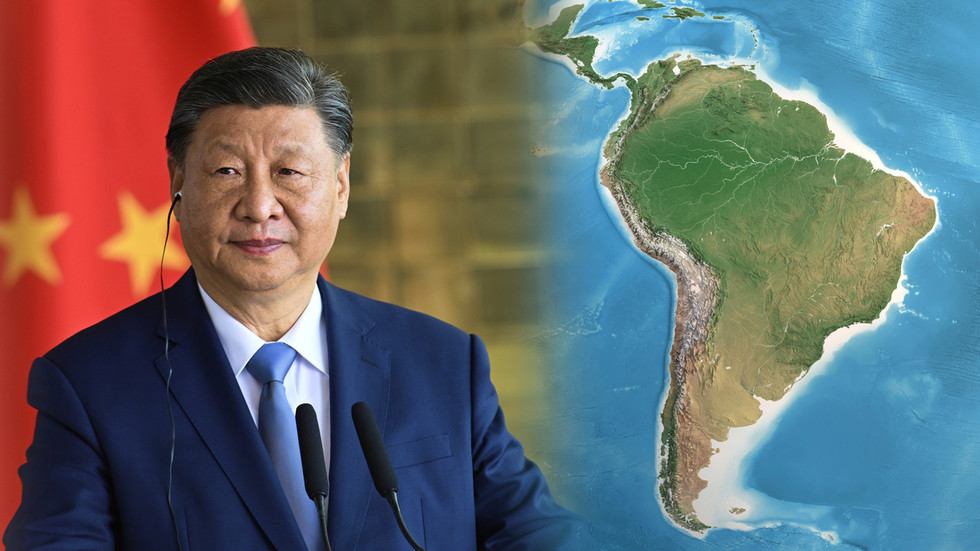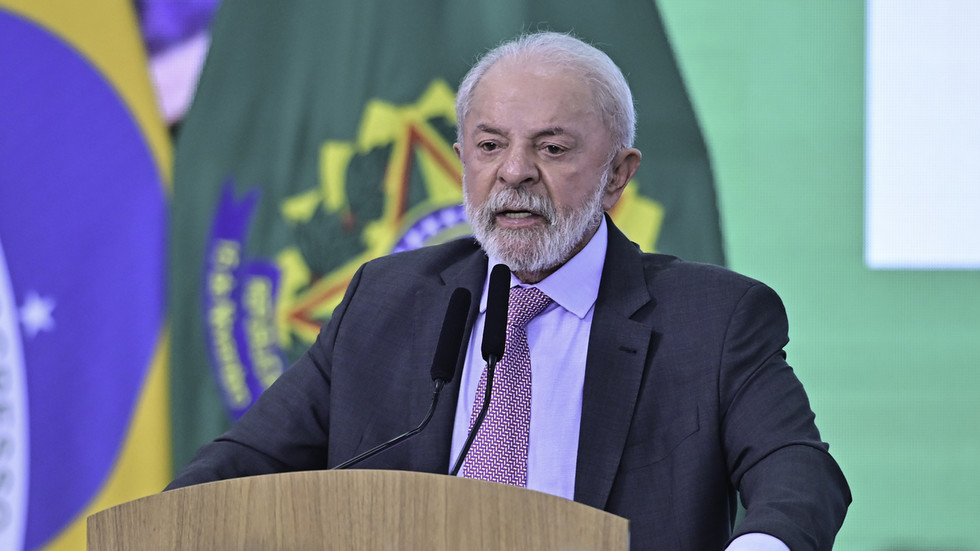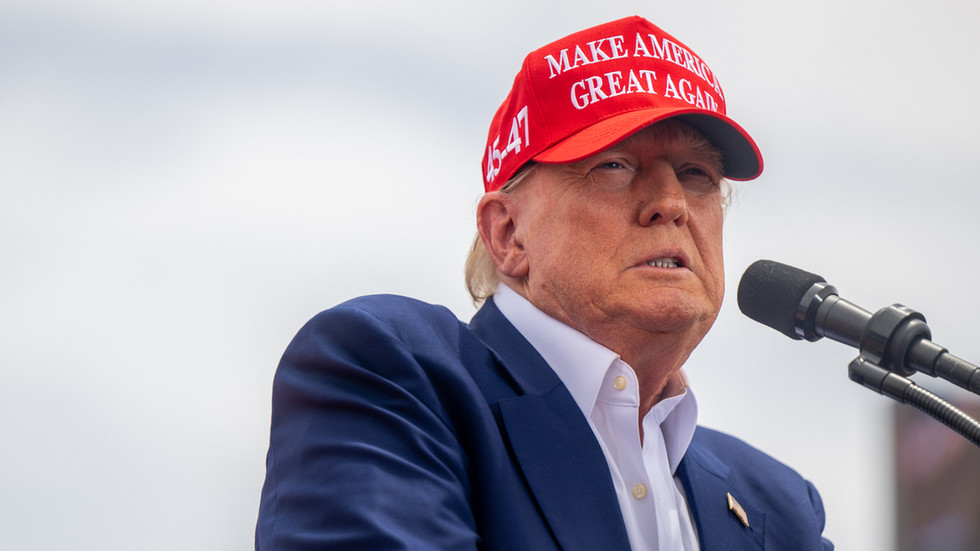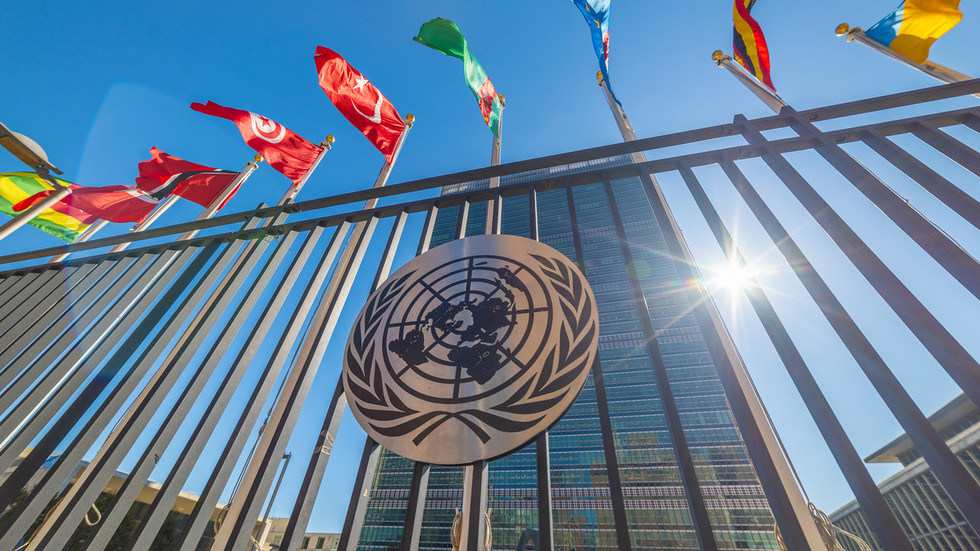Beijing’s expanding footprint in the region demonstrates the potential of all-encompassing South-South cooperation
In late September, China took another step toward embedding itself in Latin America’s institutional architecture. The Andean Community – comprising Bolivia, Colombia, Ecuador, and Peru – admitted China as an observer, joining a growing list of regional organizations that have opened their doors to Beijing. At first glance, the gesture might appear ceremonial. But for both sides, it represents something much more consequential: a consolidation of China’s position as an indispensable partner in Latin America’s search for autonomy, development, and global relevance.
This new status reflects a pattern that has been maturing for over three decades. Since the 1990s, China has methodically leveraged regional platforms to anchor its diplomacy across the Global South. With the Andean Community now added to the roster, Beijing holds membership or observer status in nine Latin American organizations. This strategy has less to do with symbolism and more to do with influence. By participating in regional frameworks, China gains a voice in shaping agendas, trade norms, and development priorities from within.
The multilateral turn
China’s involvement in Latin America has long been multilateral in character. The China-CELAC (Community of Latin American and Caribbean States) Forum remains the centerpiece of this engagement. Through it, Beijing has sought to project itself as a cooperative, non-interventionist alternative to Western powers. Earlier this year, President Xi Jinping announced a $9 billion credit line for the region, pledged greater imports of Latin American goods, and called for broader Chinese investment. Significantly, the new action plan extends beyond economics, covering anti-corruption, law enforcement, and judicial cooperation.
This evolution demonstrates that Beijing does not see Latin America merely as a source of raw materials or an export destination. It sees it as a political laboratory – a place where a new model of South-South partnership can be tested and refined. The observer seat in the Andean Community is thus an institutional complement to China’s broader network of multilateral engagements, solidifying its regional legitimacy and access.

Latin America between poles
Latin America’s attraction for China lies not only in its markets or mineral wealth. The region represents a crucial segment of the Global South – diverse, resource-rich, and still navigating the contradictions of postcolonial identity. For decades, it has been torn between historical ties to Europe, a complex dependency on the United States, and a growing desire for strategic autonomy.
That search for independence has now become a defining fault line of world politics. The Trump administration’s revival of the Monroe Doctrine – asserting US primacy in the hemisphere – reflects Washington’s determination to prevent rival powers, especially China, from gaining ground in its “backyard.” Under the new US strategy, Latin America is treated as a twin priority alongside the Indo-Pacific. Pressure on regional governments to align with US security interests has intensified. The result is a region in flux – pulled between a resurgent Washington and an increasingly promising Beijing.
The economic chessboard
Nowhere is this tug-of-war more visible than in trade and investment. The region has become a theater for overlapping economic initiatives: the EU-Mercosur trade deal, the Comprehensive and Progressive Agreement for Trans-Pacific Partnership (CPTPP), and Washington’s intermittent attempts at hemispheric frameworks such as the Partnership for Economic Prosperity and the ‘Growth in the Americas’.
China’s counter-strategy has been both more consistent and more pragmatic. Through the Belt and Road Initiative, it has signed cooperation agreements with 24 Latin American states, most recently Colombia – a symbolic defection from Washington’s orbit. China’s success lies in its ability to translate diplomatic overtures into concrete projects faster than its Western competitors. For many Latin American governments, Beijing’s model of deal-making – focused on quick financing, limited conditionalities, and visible outcomes – aligns better with domestic development goals than the lengthy, politically charged negotiations characteristic of Western aid and investment.
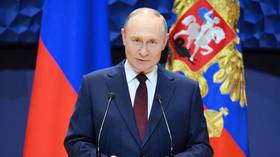
The scale of integration
The numbers tell the story. China is now Latin America’s second-largest trading partner after the US. Bilateral trade reached $520 billion in 2024, up 6% from the previous year. China accounts for about a third of the region’s mineral exports is the largest trading partner for Brazil, Chile, Peru, and Uruguay.
This trade dynamic is double-edged. On one side, Latin American economies have gained unprecedented access to Chinese markets, enabling growth and fiscal stability. On the other, they face increasing competition from Chinese goods and risk becoming locked into a commodity-export pattern that inhibits industrial diversification. For Beijing, Latin America offers what few regions can: abundant resources, expanding consumer markets, and a diplomatic constituency sympathetic to a multipolar order.
Beyond trade: security and space
Beijing’s presence in Latin America now extends into security and defense cooperation. China’s efforts to cultivate military ties with its regional partners extend beyond arms sales to include officer exchanges, training programs, and joint exercises. Venezuela remains the leading purchaser of Chinese military equipment, while Argentina, Bolivia, and Ecuador have also expanded their defense acquisitions from Beijing in recent years. Meanwhile, Cuba has deepened its long-standing military and intelligence cooperation with China, further underscoring the strategic dimension of China’s engagement in the Western Hemisphere.
In parallel, China’s engagement in space technology underscores its ambitions beyond the economic sphere. The establishment of ground stations across Latin America, the launch of a China-CELAC Space Cooperation Forum, and the creation of a BRICS Joint Committee on Space Cooperation reveal a sophisticated long-term plan. Space has become a new frontier for influence – scientific, commercial, and military.
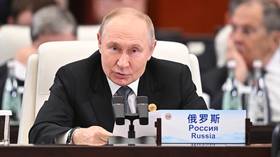
Washington’s dilemma
Unsurprisingly, Washington views these developments with alarm. Under Trump, the US response has leaned heavily on coercive tools: tariffs, sanctions, and diplomatic pressure. Yet these measures have often backfired, driving even US-friendly governments to seek greater independence. By contrast, Beijing’s approach – cutting tariffs, expanding free trade agreements, and offering predictability – has positioned China as a stabilizing partner amid US volatility.
The irony is striking. In attempting to contain China, Washington may have accelerated its penetration. Even leaders who share Washington’s ideological outlook, such as Argentina’s Javier Milei or El Salvador’s Nayib Bukele, have chosen to preserve pragmatic ties with Beijing. Across the region, free trade agreements with China have multiplied – from Chile and Peru to Costa Rica, Nicaragua, and Ecuador – with negotiations underway elsewhere. The logic is clear: China provides options, and options are leverage.
This dynamic even shapes US financial policy. In October, Washington approved a $20 billion bailout for Argentina – not only to prevent economic collapse but also to preempt Chinese financial assistance. The bailout reflects a deeper anxiety: that China might emerge as a problem-solver in a region long dominated by US institutions.
The meaning of the Andean step
Within this larger picture, China’s new role in the Andean Community becomes far more than a procedural milestone. It symbolizes the normalization of Chinese participation in Latin America’s internal institutions. For the Andean states, the decision underscores a desire to assert themselves as autonomous actors capable of engaging multiple partners. For China, it represents an institutional foothold in a resource-rich subregion central to its industrial future.
The Andean bloc, with its abundant lithium, copper, and agricultural exports, fits neatly into Beijing’s development blueprint. Cooperation within this framework allows China to pursue its supply-chain ambitions while promoting its image as a partner in sustainable development. It also strengthens Beijing’s hand in shaping standards, environmental frameworks, and digital governance in the region. If handled with strategic clarity, China’s rise in the region could accelerate long-sought diversification and development. If mishandled, it could merely replace one dependency with another.


